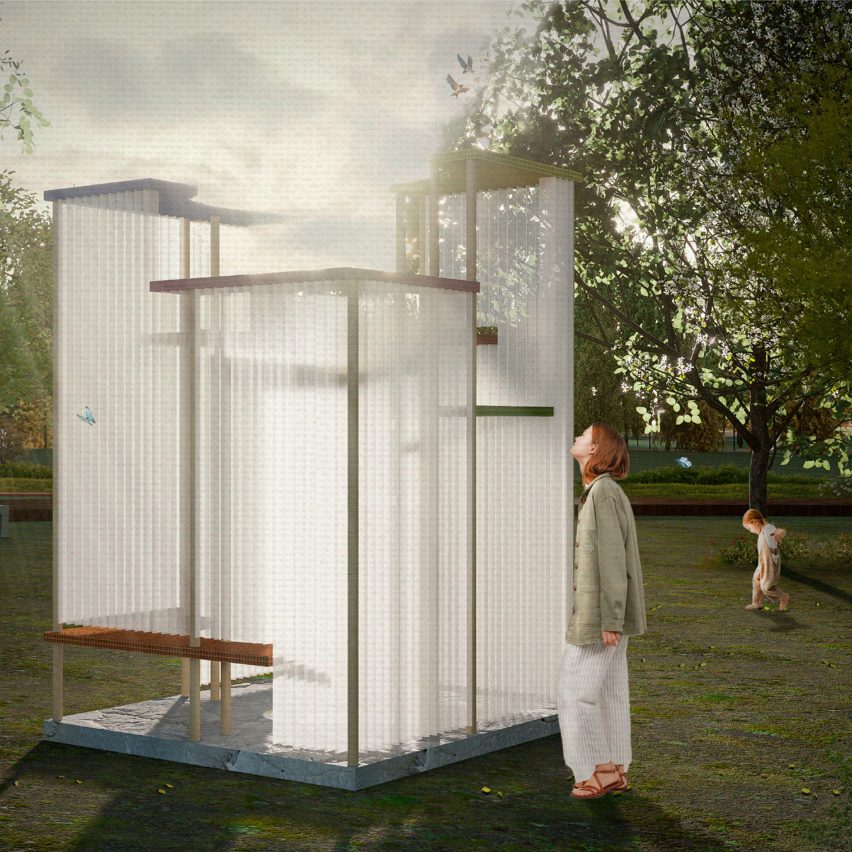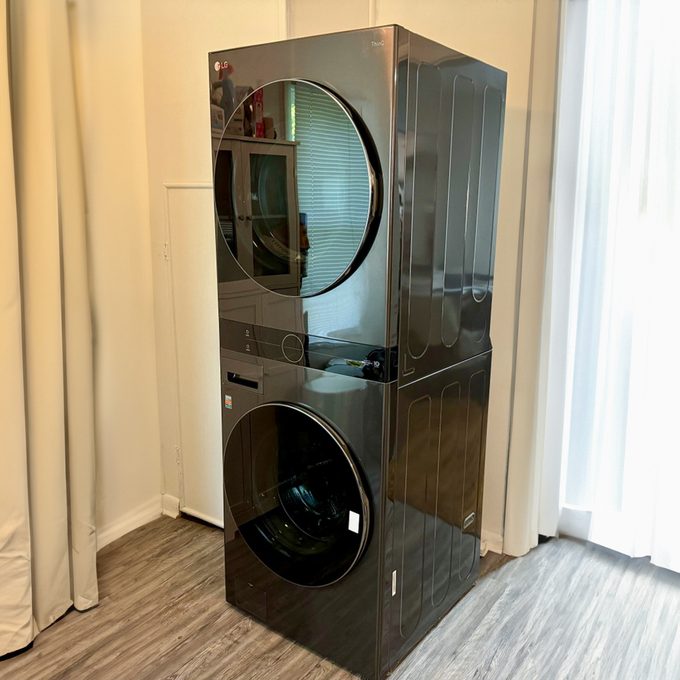
Anáhuac Puebla: Mexican Weave Pavilion & More

Universidad Anáhuac Puebla: Showcasing Innovative Student Projects
Universidad Anáhuac Puebla’s School of Architecture and Design (EAYD) consistently produces forward-thinking and impactful projects. Rooted in a humanistic spirit and focused on strategic and identity elements, the school encourages students to develop comprehensive designs that address real-world challenges. Here’s a look at some recent stand-out projects:
Raíces Tejidas (Woven Roots)
This pavilion, envisioned for the 2025 Venice Biennale, responds to the theme of “intelligence, natural, artificial, collective.” Students Ana Sofía Fernández, Carlos Cacho, Irune Rugarcía, and Naiara Alcalá drew inspiration from traditional Mexican looms. The pavilion features a lightweight structure comprised of frames and tensioned threads, creating a sensorial and interactive experience for visitors.
- Two facades are densely woven, offering a sense of enclosure.
- The remaining facades incorporate hanging threads, inviting passage and evoking a tension between openness and confinement.
The experience of being enveloped in the weave is intended as a metaphor for how we inhabit the present, always connected to the past. The pavilion thoughtfully explores the relationship between body, space, and culture, weaving together history and innovation to create a contemplative and participatory environment. Tutors Elvira Bedolla and José Manuel Díaz Bello guided the students in this project.
Tejidos del Viento (Fabrics of the Wind)
Another pavilion design for the 2025 Venice Biennale, Tejidos del Viento, created by Ángel Rodríguez, Monserrat Cosme, Valeria Medina, and Ximena Merino, takes inspiration from traditional Mexican palm weaving. This project merges light structure, movement, and artisanal materials to explore the connections between architecture, nature, and heritage.
- A timber frame, crafted from local ayacahuite wood, provides the main structure.
- Hemp fabric panels are stretched over 3D-printed joints, blending traditional craft with digital design techniques.
The pavilion is designed to respond dynamically to wind and light, creating shifting shadows and promoting passive ventilation. This “living system” seeks to weave tradition with transformation, resulting in a space that engages the senses.
Talavera Pavilion
Mariana Peña, Naomi Acosta, and Paulina Perkins designed the Talavera pavilion for the 2025 Venice Biennale, drawing inspiration from the word Anáhuac, meaning “between the waters.” Their design reflects Mexico’s deep relationship with water and tradition, using the iconic blue Talavera pottery as a central element.
- A modular wooden frame forms the structural base.
- Hand-painted ceramic tiles, displaying blue-and-white patterns, are integrated into the frame, creating a grid that balances density and openness.
This demountable structure reinterprets vernacular craftsmanship through a contemporary lens, transforming into a mobile cultural artefact that can be easily transported and reassembled. Alejandro Bribiesca served as the tutor for this project.
Yumly: Simplifying Meal Prep
Moving beyond architectural projects, Valeria Anguiano Jiménez developed Yumly, a mobile application designed to simplify meal preparation. This project, created within the multimedia design programme, offers intelligent recipe suggestions based on the ingredients users have available.
- Yumly addresses sustainability by reducing food waste.
- It also promotes social impact by democratising digital tools and innovation in UX/UI development.
Yumly exemplifies human-centred design, merging creativity and technology to create a functional and transformative digital experience. Developed under real-world conditions, Yumly showcases the school’s commitment to creating design with a purpose. Alejandro Bada Zepeda supervised this project.
Metamorfosis en capas (Layered Metamorphosis)
Luis Alejandro Fernández Ruiz explores the tangible in a digital world with “Metamorfosis en capas,” an editorial piece designed to be a sensory and meaningful object. This foldable fanzine transforms into a poster when fully opened, offering a unique interactive experience.
- The project focuses on self-awareness, identity, presence, and personal transformation.
- Each layer reveals a message, encouraging exploration and discovery.
More than just a publication to be read, “Layered Metamorphosis” is meant to be felt and explored, offering a visual and emotional journey. Alejandro Blanco was the tutor for this project.
Al Centro de la Mesa & At The Table: A Collaborative Exploration of Gastronomy
Universidad Anáhuac Puebla has partnered with L’Escola d’Art i Superior de Disseny of València to present design proposals at significant international forums, including Salone Satellite in Milan and the Nude Habitat Fair in Valencia. This collaboration has four key pillars:
- Internationalisation
- Regional production
- Innovation
- Socialisation of digital manufacturing and sustainability
The “At The Table” collection re-evaluates objects designed for brief interactions with a table, whether through function or aesthetics. These pieces reflect a diverse, multicultural home, shaped by memories, traditions, and cultures. The collection serves as a timeless reflection on making, living, and rethinking the art of the table. The students involved in the “At The Table” project included Itzel Balbuena Michaca, Luis Jared Vázquez Farfán, Paula de la Barrera, and many others. Tutors included Jordi Iranzo, Ángela Montagud, Marco Vallejo, and Juskani Alonso.
This collaborative project highlights the strong relationship between Mexican and Spanish society, focusing on everyday elements such as gastronomy.



